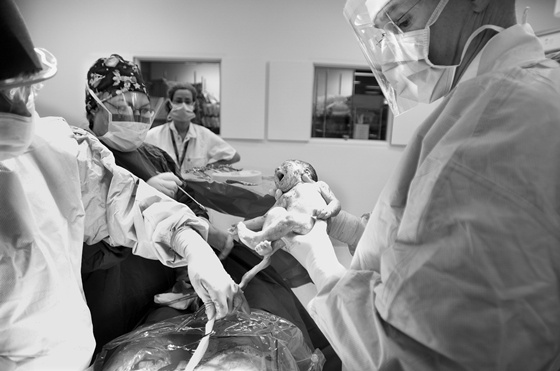
Most people are aware of the incredible regenerative power of umbilical cord blood. The stem cells contained within cord blood can be used to treat more than 80 different life threatening diseases and have been used to save thousands of lives.
But what about cord tissue? How is it different to cord blood? Can cord tissue be used to treat the same illnesses as cord blood? This FAQ will answer those questions and more!
What is the umbilical cord?
The umbilical cord is a conduit that sends nutrient-rich blood from the placenta to the developing embryo or foetus. It usually develops during the 5th week of foetal development and remains attached until after the child is delivered.
The umbilical cord is formed from the remnants of yolk sac and allantois (a sac-like structure that forms a part of the egg). The cord is genetically identical to the foetus. It contains two arteries and one vein within Wharton’s Jelly — a gelatinous substance designed to protect blood vessels.
In addition to delivering nutrient-rich blood to the child, the umbilical cord removes deoxygenated and nutrient-depleted blood.
How is it different to cord blood?
Umbilical cord tissue contains many different stem cells and growth hormones. It is a particularly rich source of mesenchymal stem cells (MSCs). MSCs have the ability to differentiate into various types of cells including cartilage, muscle, bone and nerve cells.
Researchers are currently testing MSCs in an effort to treat various medical conditions including Parkinson’s disease, Alzheimer’s, liver fibrosis, breast cancer, spinal injuries, macular degeneration, and lung cancer. Many of the research findings have been very positive and scientists expect MSCs to be used frequently in the future.
Can cord tissue be used to treat the same illnesses as cord blood?
Cord tissue contains the same stem cells that are found in cord blood — in different quantities. For example, cord blood contains many more Haematopoietic Stem Cells (HSCs) than cord tissue. While HSCs are present in cord tissue, the quantity is considered too small to be useful for performing a stem cell treatment. That is why cord blood banks suggests banking the cord tissue as well, together with cord blood.
Should you save cord blood or cord tissue?
If you are only interested in protecting your child from the 80 different illnesses that are currently being treated with cord blood, then you only need to preserve cord blood. However, if you are interested in taking advantage of the many new treatments being developed using MSCs, you should also preserve your child’s umbilical cord tissue.
{{cta(’67c42548-ae7a-4f21-bbcb-59a71252963b’)}}

